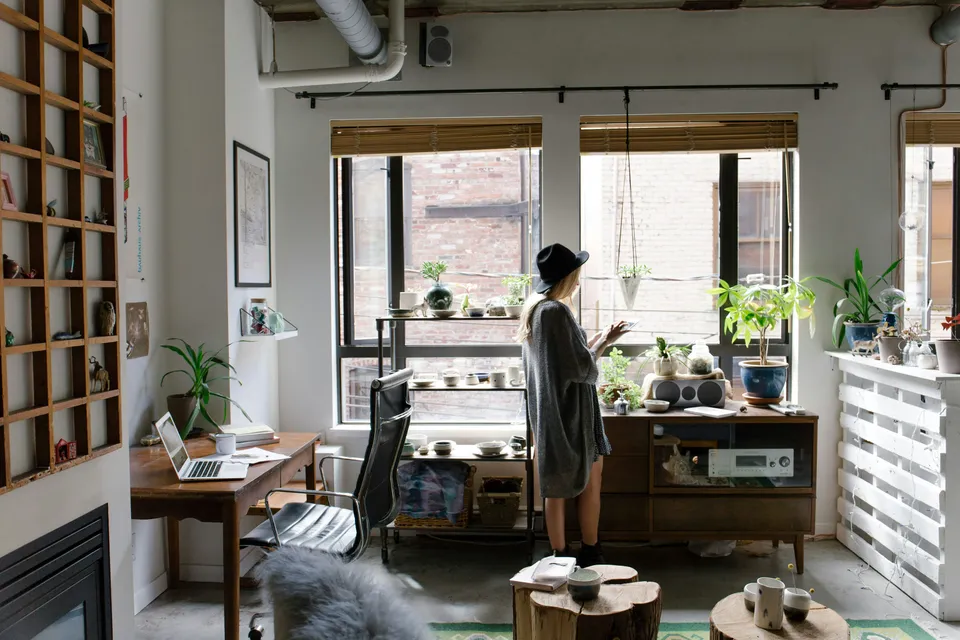
5 Fruit Trees Are Perfect for Growing in Pots
Small Space? These 5 Fruit Trees Are Perfect for Growing in Pots
Living in a small apartment doesn’t mean you have to give up on having a home filled with plants. The benefits of biophilia are well known: beyond reducing stress and improving mood, a green environment can also encourage a healthier lifestyle—especially when you grow your own fruit trees.
“Growing fruit trees offers numerous benefits, from nutritional value to the psychological effect of reconnecting with nature, helping to combat stress and anxiety,” explains landscape designer Luiz Fernando Cardoso, founder of Estúdio La Folha. “This connection with nature not only restores a lost bond but also provides a tranquil retreat in the midst of a fast-paced urban life, reinforcing a sense of belonging and harmony.”
Despite their typically large size, fruit trees can thrive in pots with the right care and techniques. Here’s what you need to know about growing them successfully, along with five species that adapt well to container gardening.
Essential Care for Growing Fruit Trees in Pots
Fruit trees generally have deep roots and require space to grow. “That doesn’t mean they can’t be cultivated in pots, but it’s crucial to pay attention to soil maintenance,” says Cardoso. He also recommends choosing grafted trees, which combine two plant tissues from different species, allowing for good fruit production without requiring excessive space. “Always opt for fruit trees that are specifically cultivated for container growing, selecting smaller saplings that can adapt well to the new soil.”
Common Mistakes That Can Hinder Growth
Choosing a pot that is too small can stunt a tree’s growth. The container should be large enough to comfortably accommodate the roots. “The smaller the pot, the smaller the tree will grow,” Cardoso explains.
Additionally, fruit trees need four to six hours of daily sunlight to grow healthily and produce fruit. “It’s important to evaluate the sunlight in your space to ensure this requirement is met,” he advises. The tree should also be placed in a well-ventilated area with enough space for the canopy and branches to expand without restrictions.
How to Prepare the Soil
“The soil should be rich in organic matter and well-aerated,” Cardoso recommends. Proper drainage is crucial to prevent water accumulation and the growth of fungi and bacteria. To improve drainage, mix in gravel, expanded clay, or even pieces of broken brick and tile.
Since fruit trees require extra nutrients for abundant production, fertilization should be done every two to three months. “The best time to fertilize is just before flowering. Always choose organic fertilizers for healthier plants.”
How to Control the Tree’s Size
The size of the tree can be controlled by selecting the right pot—smaller pots limit growth. You can also reduce the frequency of fertilization to slow growth. Regular pruning helps maintain a compact and well-shaped tree, ensuring healthy branch development.
5 Fruit Trees That Thrive in Pots
Now that you know how to care for fruit trees in containers, here are five varieties that adapt well to this method, along with their specific care needs:
1) Pomegranate (Punica granatum)
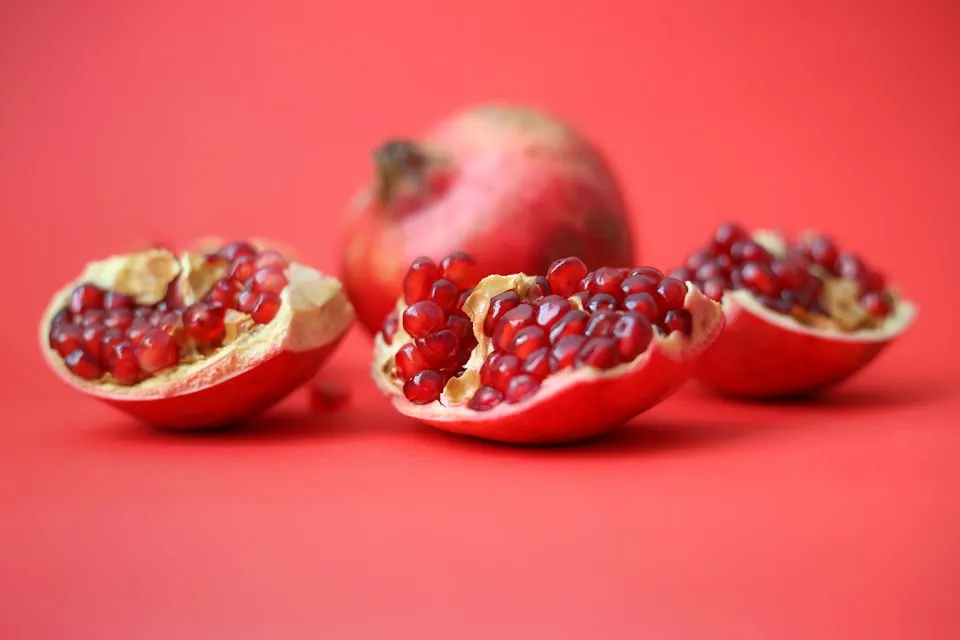
- Pot: At least 16 inches (40 cm) in diameter and depth, with good drainage.
- Soil: Sandy and well-draining, mixing potting soil, sand, and organic matter.
- Sunlight: Requires at least six hours of direct sunlight daily.
- Watering: Moderate; allow the top layer of soil to dry out between waterings.
- Pruning: Light pruning to control growth and encourage fruiting.
- Fertilization: Every two months with potassium-rich organic matter.
2) Jabuticaba (Plinia cauliflora)
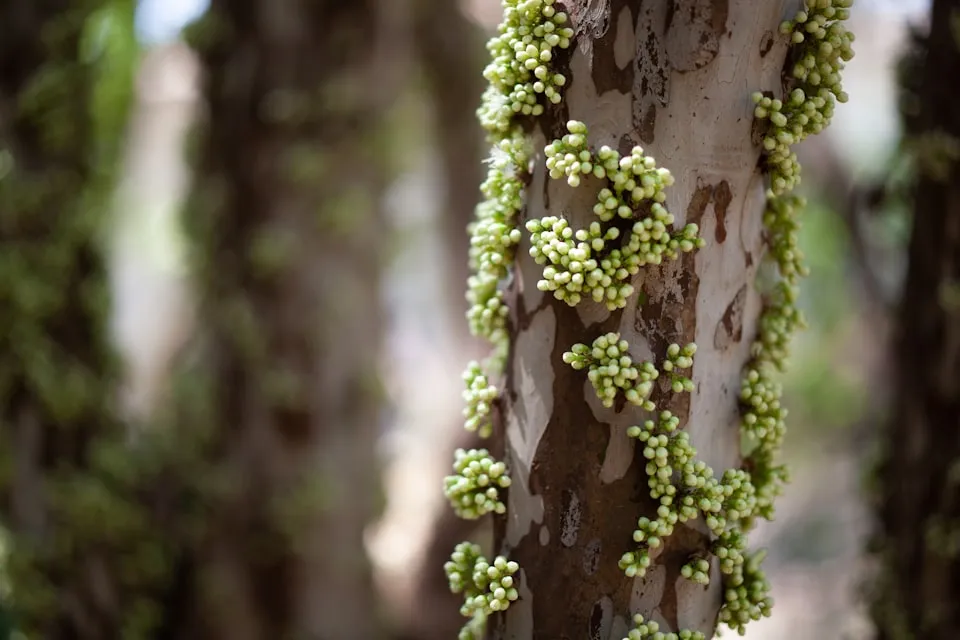
- Pot: Large, at least 28 inches (70 cm) deep, to accommodate its root system.
- Soil: Rich in organic matter with good moisture retention (mix potting soil, worm castings, and sand).
- Sunlight: Prefers full sun but tolerates partial shade.
- Watering: Frequent; keep the soil consistently moist but not soggy.
- Pruning: Remove dead branches and shape the tree as needed.
- Fertilization: Every two months with organic fertilizer to boost fruit production.
3) Lemon (Citrus limon)
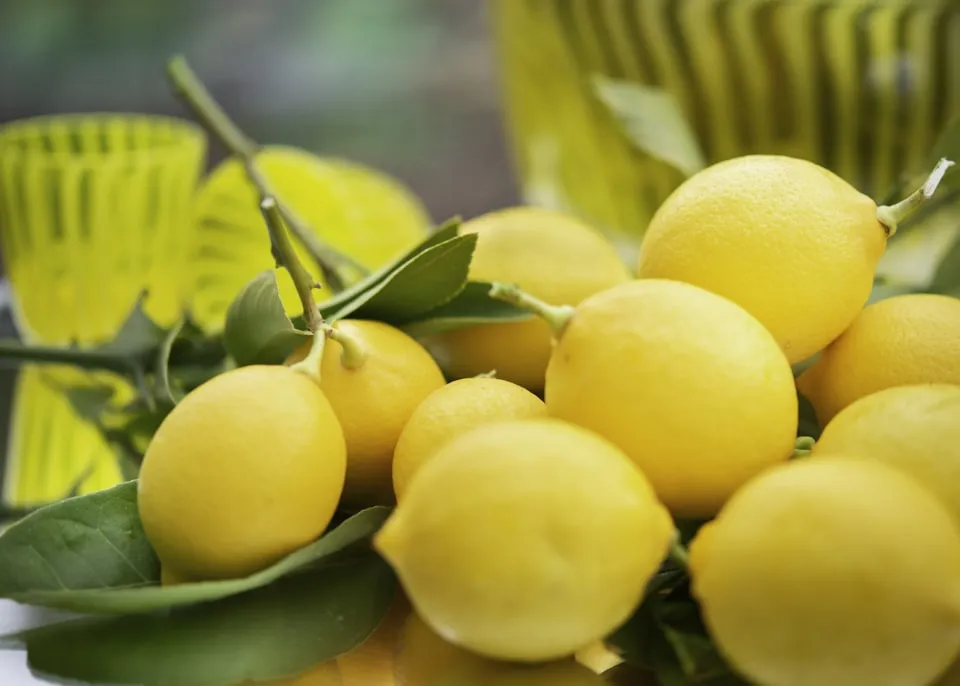
- Pot: At least 20 inches (50 cm) deep with proper drainage.
- Soil: Well-draining and fertile, mixing potting soil, sand, and compost.
- Sunlight: Requires full sun, with a minimum of six hours of exposure daily.
- Watering: Moderate; avoid prolonged dry spells, but do not overwater.
- Pruning: Remove dead branches and maintain an open canopy to prevent pests.
- Fertilization: Apply citrus-specific fertilizer rich in potassium and micronutrients every three months.
4) Orange (Citrus sinensis)
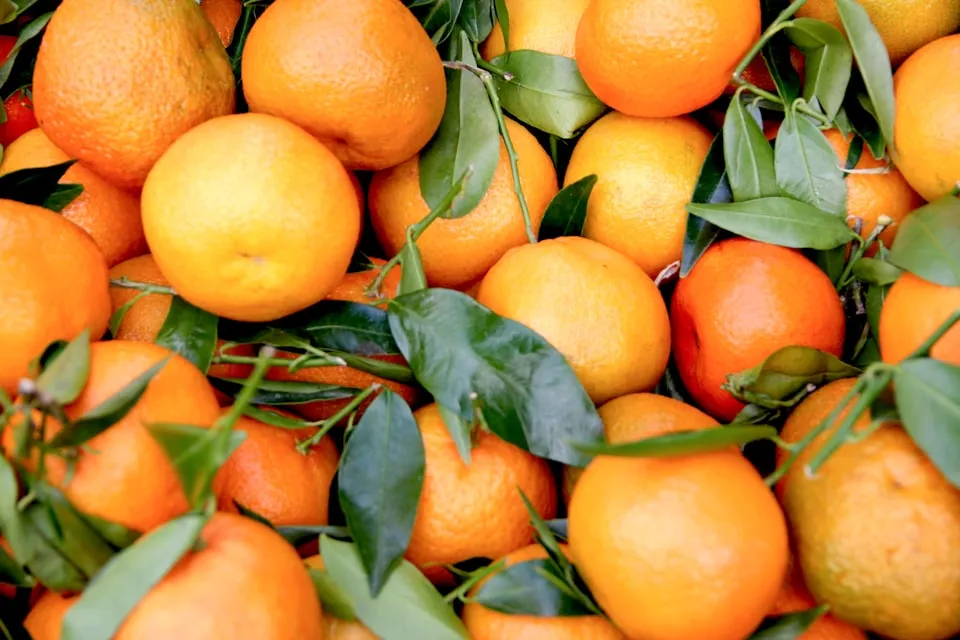
- Pot: Large, at least 20 inches (50 cm) deep, with good drainage.
- Soil: A mix of fertile soil, sand, and organic matter.
- Sunlight: Requires full sun, around five to six hours of direct light daily.
- Watering: Regular; do not let the soil dry out completely.
- Pruning: Light pruning to maintain size and remove weak branches.
- Fertilization: Every three months with an organic citrus fertilizer.
5) Dwarf Orange (Kumquat or Citrus mitis)
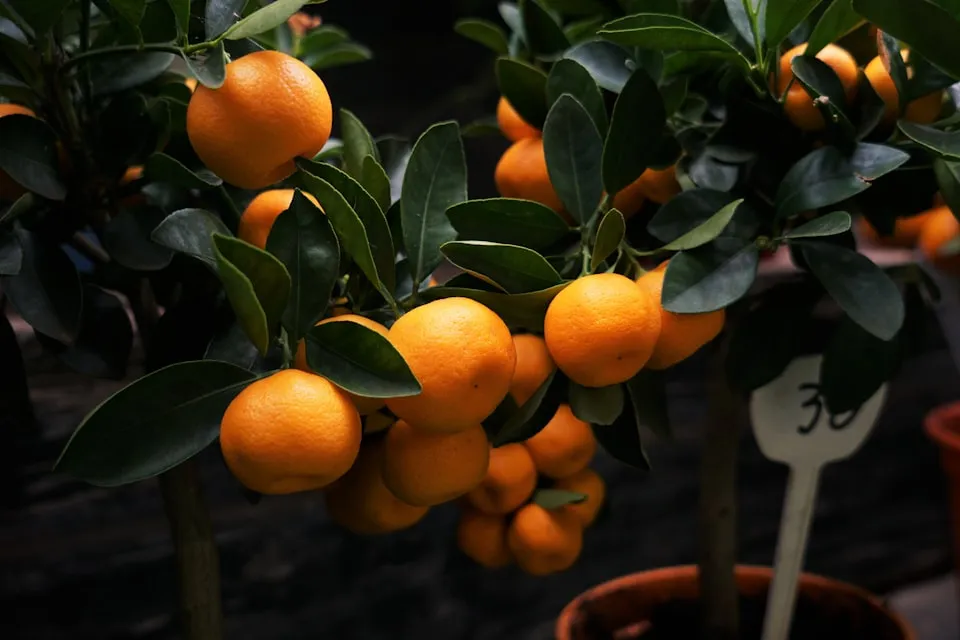
- Pot: Can be smaller than a traditional orange tree but should be at least 16 inches (40 cm) deep.
- Soil: Well-draining, fertile, and rich in organic matter.
- Sunlight: Requires full sun, with at least five hours of direct light per day.
- Watering: Regular; keep the soil moist but avoid waterlogging.
- Pruning: Light pruning to shape the plant and encourage fruiting.
- Fertilization: Every two months with organic fertilizers.
Final Thoughts
Growing fruit trees in pots is an excellent way to enjoy fresh produce while adding greenery to your home. With proper care, the right choice of trees, and a little patience, you can create a mini orchard right in your living space. Whether on a balcony, terrace, or even a sunny indoor corner, these trees will not only provide delicious fruits but also bring beauty and tranquility to your environment.